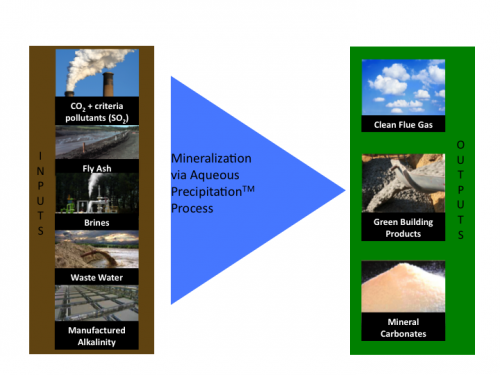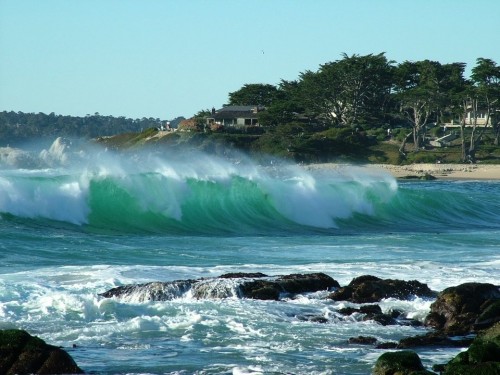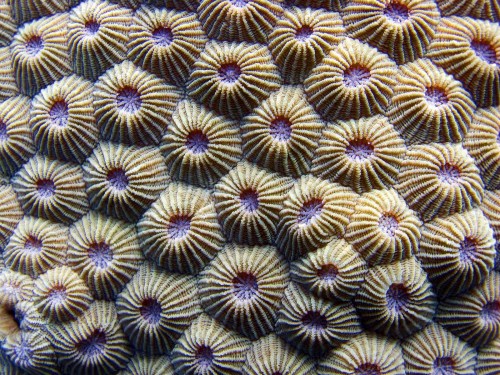Not Quite Coral: A New Type of Cement Made from CO2 and Water
When I was a small and intensely young person, my parents would drive me down the California coastline to a town called Carmel near Monterrey Bay, where we would hang out on the beach and frolic amongst the slowly rotting kelp and aggressive sea gulls, eat burgers at Flaherty’s Seafood Restaurant (which specializes in seafood, not land food – I was five), and weave in and out of various art galleries until we were tired enough to return to our hotel and fall asleep.
Image courtesy citi-data.com
One time down in Carmel we saw an elephant seal carcass that had washed up on the beach, and on another occasion we passed two wealthy teenage girls furtively snorting cocaine out of a makeup compact as the sun set over the waves.
When I think about Monterrey, I tend to remember those childhood trips or to think about giant kelp and playful otters; coral reefs don’t immediately spring to mind. But Stanford University biomineralization expert Brent Constantz is working to change that with a new demonstration plant in the Bay that works just like a coral reef … but that manufactures cement.
Image courtesy sophiarogge.blogspot.com
Though tiny, “corals are the master builders of the animal kingdom. Powered on plankton and their symbiotic algae, hard corals extract the carbon dissolved in seawater and turn it into their calcium carbonate skeletons” (Guy). These skeletons build up on each other on a massive scale over time, creating rich habitat for diverse sea life that reminds me of what happens when we build cities out of concrete.

Image courtesy Calera.com
Constantz saw the opportunity to learn from nature and developed a coral-inspired cement manufacturing process. Cement manufacturing is a massive source of carbon emissions: in fact, “the cement industry is responsible for 5% of global carbon emissions, with each ton of cement producing a ton of CO2” (Guy). Constantz’s company, Calera, aims to green the production of cement by “capturing flue gases from factories, running them through a saline solution, and using electricity to convert the gases into solids. For 542 million years, corals have been sequestering carbon dissolved in water” (Guy). Calera is looking to reduce the time scale for sequestering carbon dioxide gas that could be affecting our climate.
I have filed this coral-like material under Earth and Water; connect the dots!
Cited:
Earthsky.org “Making Cement the Way Coral Does: Out of Thin Air.” Fastcompany.com Accessed 12/08/11. URL.
Guy, Allison. “Growing Cement like Coral.” NextNature.com 05/12/11. Accessed 12/08/11. URL.


















Leave a Wordpress Comment: